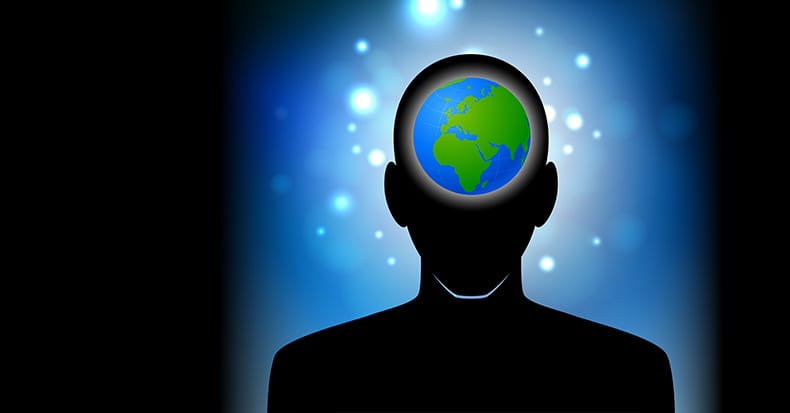According to the National Institutes of Health, circadian rhythms include physical, mental, and behavioral changes that roughly follow a 24-hour cycle, responding largely to environmental light and darkness. Most living things possess this trait including animals, plants, and many microbes.
So how does this relate to low back pain? Recent studies reveal that the intervertebral disk (IVD)—the “shock-absorbers” located between our vertebrae in our spine—contain intrinsic circadian clocks that are regulated by age and cytokines and are linked to degeneration. This means we have a 24-hour rhythm producing various changes in an organized way throughout the day in each of the disks in our spine!
Researchers have found at least 600 genes with 24-hour patterns of expression representing several essential pathways associated with disk pathology. In experiments on mice, scientists have observed that when the normal expression of these genes is disrupted, disk degeneration may occur. The study concludes, “These results support the concept that disruptions to circadian rhythms may be a risk factor for degenerative IVD disease and low back pain.”
So what can we do about this? These findings support an important concept that improves overall health, quality of life and longevity: our sleep habits! We know our circadian rhythms influence sleep-wake cycles, hormone release, body temperature, and many other important bodily functions and are linked to various sleep disorders.
Researchers have linked abnormal rhythms with obesity, diabetes, depression, bipolar disorder, and seasonal affective disorder (SAD), to name a few. We also know how we feel when we fly from California to New York and the alarm rings at 7am in NYC but our biological clock says 4am!
The importance of sleep cannot be overstated. Longevity is shortened when sleep duration is altered (either too little OR too much sleep) and we know quality of life is negatively affected in swing-shift workers. Now, we’ve learned that the cells in our disks also have a circadian rhythm, and alteration of that rhythm can lead to disk degeneration resulting in low back pain!


